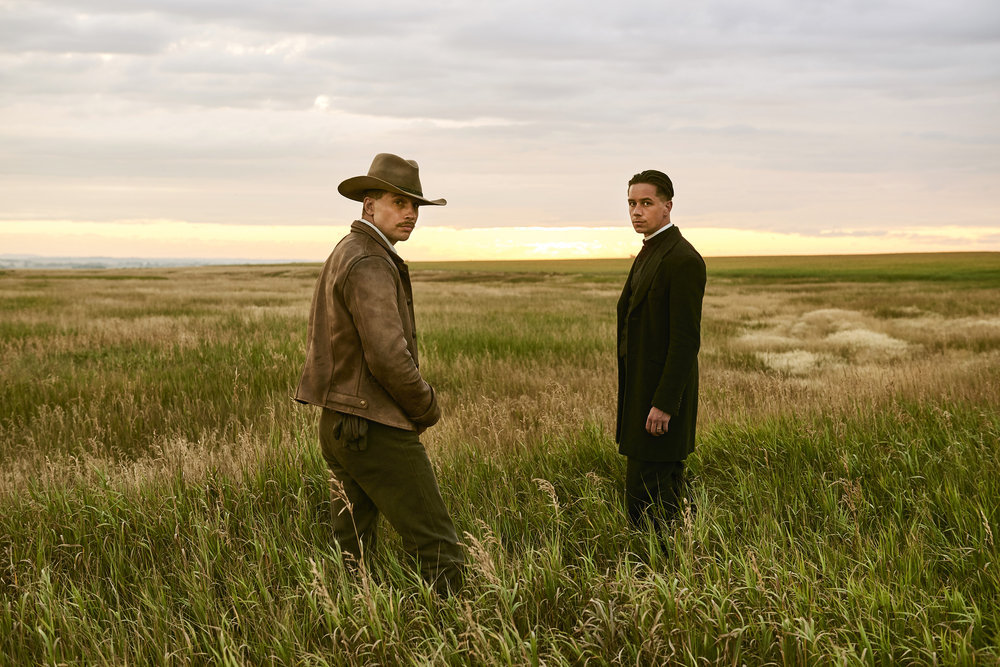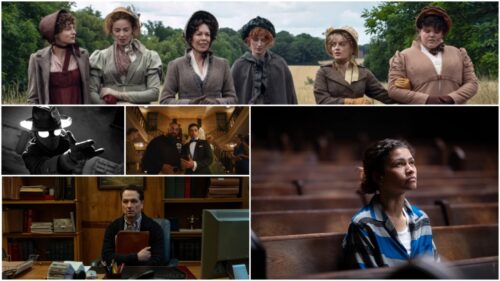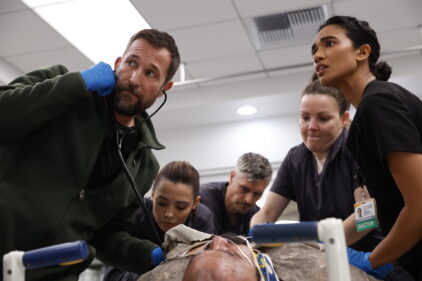Creator Tony Tost (“Longmire”) and the rest of the team behind USA’s “Damnation” must have been tempted more than once to call it “Damn Nation,” because it is undeniably a show about the brutal, violent, complex formation of this country, and how those issues continue today. In nearly every other scene, it seems to be saying, “You know that violence and unrest you see in the world in 2017? Yeah, it’s not new. We’ve been fighting and betraying and killing each other for greed and pride for generations.” The best scenes of the first two episodes take place in groups, rallies of men fighting for freedom or being stepped on so people in power can maintain control. It’s impossible not to think of recent marches and demonstrations around the country, especially in the year since Donald Trump was elected. That parallel between 1931’s “Damnation” and 2017’s “Damn Nation” makes this show feel like even more of a wasted opportunity because modern relevance and a few good performances are all it has to recommend. It’s too often dull, tonally inconsistent, and just poorly written. All the modern political parallels in the world won’t matter if the viewer is bored.
There is something admirable about making a modern prestige drama about the 1930s labor movement in the heartland of America, even if the effort to create USA’s version of “Deadwood” is transparent. Like the David Milch hit, this is a show about people the edge of lawlessness, despite being set a half-century later. And while USA doesn’t quite allow the profanity, violence, or nudity of HBO, “Damnation” is a dark show about violent people and constant struggles for power.
“Damnation” works from a template in which every character wears a mask to some degree. The preacher Seth Davenport (Killian Scott) hides a dark past and isn’t afraid to encourage violence from his pulpit; the Sheriff (Christopher Heyerdahl) beats up a man who’s been running liquor through his town and then tells him that he’s going to start working for the lawman’s illegal booze operation instead; the only black prostitute in the local brothel, Bessie (Chasten Harmon), also happens to be the only one who can read, making her an invaluable asset to the new guy in town, the mysterious Creeley Turner (Logan Marshall-Green of “The Invitation”); the pretty blonde woman Connie (Melinda Page Hamilton) is really in town to cause total anarchy, breaking the local farmer’s strike through whatever means necessary, including murder. Everyone has a secret, everyone has a past, everyone has a dark side … and so on.
You’ve seen it before, and this type of dramatic writing, in which everyone has an ulterior motive, gets tiring very quickly. It creates a dialogue dynamic that sounds forced—one in which you hear the writer’s voices instead of the characters. Everyone feels like a construct instead of a real person, despite the best efforts of Scott and Marshall-Green, who are both engaging leads in search of a better show. One can appreciate how this show draws a line between union-busting in 1931 to worker’s rights in 2017 and yet still wonder what the point of it all is. Great historical shows not only make the correlation from past times to present ones but allow us to reconsider assumptions about then and now. They illuminate through the parallel. “Damnation” offers too little light or insight to justify the history lesson.












